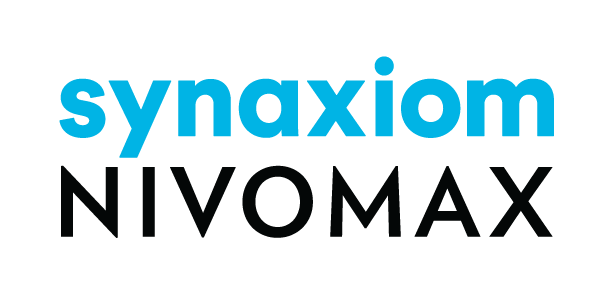Central Data Repositories
Last Updated on July 17, 2024 | 4 min read
The Central Data Repository manager allows users to create, update, delete, or roll back a CDR.
Creating a Central Data Repository
- Select the
Data Repositories icon from the top toolbar.
- Select the CDR tab.
- Select the Create option from the Manage drop-down list.
- Enter the full name of the CDR into the input field labeled CDR Name. This is the long title given to the CDR, e.g., Supersonic Jet 405A.
- Allowed characters: alphanumeric characters, spaces, and dashes only.
- Enter the short code to be used for the CDR into the input field labeled Short Code. This code will be used to identify the CDR and as the folder name for storing all the data files that belong to the CDR, e.g., SSJ405A.
- Allowed characters: alphanumeric characters and dashes only. The Builder will convert all inputs to uppercase.
- Select the applicable specification from the Select Specification drop-down list, e.g., S1000D or ATA-100.
- Enter the creation date or use the pre-populated today’s date in the field labeled Date.
- Use the file upload area labeled Import Archive File Drop Zone to upload a ZIP archive.
- Drag and Drop: Drag the library ZIP file here to start importing.
- Click to Browse: Click here to open your device’s file system. Choose the library ZIP file you want to import.
- Click the CREATE button below the file drop zone to begin importing the data. The process log output will appear in the Activity Window at the bottom of the screen. Click CLEAR MESSAGES to clear the log details.
Updating a Central Data Repository
A CDR update is usually done during the revision of manuals. However, publishers may need to perform multiple updates during setup. Updating a CDR is easy and similar to the creation process with fewer steps.
- Select the
Data Repositories icon from the top toolbar.
- Select the CDR tab.
- Select the Update option from the Manage drop-down list.
- Select an existing CDR from the CDR Name drop-down list. You can also type the CDR name, and the system will autocomplete and show results for quick reference.
- Enter the creation date or use the pre-populated today’s date in the field labeled Date.
- Use the file upload area labeled Import Archive File Drop Zone to upload a ZIP archive.
- Drag and Drop: Drag the library ZIP file here to start importing.
- Click to Browse: Click here to open your device’s file system. Choose the library ZIP file you want to import.
- Click the UPDATE button below the file drop zone to begin importing the data. The process log output will appear in the Activity Window at the bottom of the screen. Click CLEAR MESSAGES to clear the log details.
Delete or Rollback a Central Data Repository
The delete function allows publishers to delete the entire CDR. This action requires deleting all the Data Containers (DCs) created using the data in the CDR first. It also allows the removal of specific manuals or publications from the CDR.
The rollback function allows the publisher to undo the last update by reverting to the previous data state.
- Select the
Data Repositories icon from the top toolbar.
- Select the CDR tab.
- Select the Delete or Rollback option from the Manage drop-down list.
- Select an existing CDR from the CDR Name drop-down list. You can also type the CDR name, and the system will autocomplete and show results for quick reference.
- To delete a manual or publication: click the
Delete icon to the right of the manual’s short code and click YES when prompted for confirmation.
- To delete a CDR: click the DELETE button at the bottom and click YES when prompted for confirmation.
- To rollback: click the ROLLBACK button at the bottom and click YES when prompted for confirmation.
- The process log output will appear in the Activity Window at the bottom of the screen. Click CLEAR MESSAGES to clear the log details.

